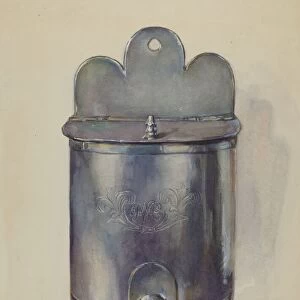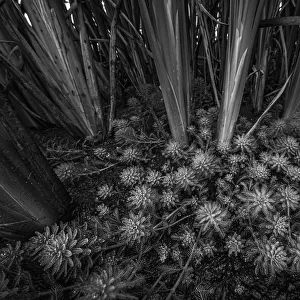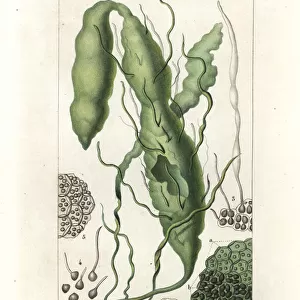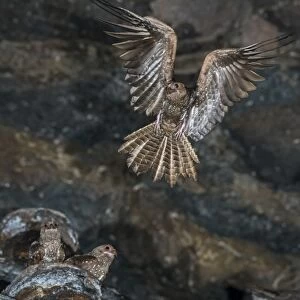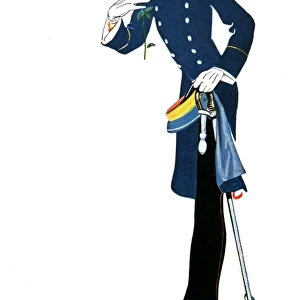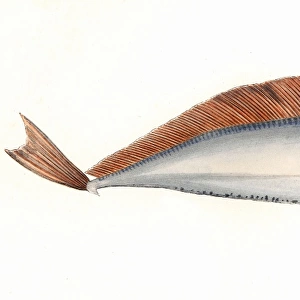Home > Europe > United Kingdom > England > London > Related Images
Terebinthaceae - Turpentine Tree
![]()

Wall Art and Photo Gifts from Mary Evans Picture Library
Terebinthaceae - Turpentine Tree
Terebinthaceae: the turpentine tree tribe. Source: Illustrations of the natural orders of plants with groups and descriptions by Twining, Elizabeth, 1805-1889. Published by Sampson Low, Son, and Marston Date: 1868
Mary Evans Picture Library makes available wonderful images created for people to enjoy over the centuries
Media ID 14140983
© Kings College London / Mary Evans
Classification Fruits Identification Turpentine
EDITORS COMMENTS
This stunning illustration showcases the Turpentine Tree (Terebinthaceae), a remarkable plant belonging to the Terebinthaceae tribe, as depicted in Elizabeth Twining's "Illustrations of the Natural Orders of Plants with Groups and Descriptions," published in 1868. The Turpentine Tree is an evergreen tree native to the Mediterranean region, with a long history that dates back to ancient civilizations. The illustration reveals the tree's intricate botanical features, including its distinctive leaves, flowers, and fruits. The tree's leaves are large, oblong, and serrated, with a glossy, dark green color. The flowers are small, inconspicuous, and arranged in clusters, while the fruits are round, hard, and covered in a thick, resinous coating. The Turpentine Tree is known for its unique ability to produce turpentine, a resinous substance that has been used for various purposes throughout history. The resin was extracted from the tree by making incisions in the bark, allowing it to drip out and harden. This resin was then distilled to produce turpentine, which was used as a solvent, a fuel, and a component in the production of varnishes and perfumes. Despite its historical significance, the Turpentine Tree is more than just a source of turpentine. It is a beautiful and intriguing plant that has captivated botanists and naturalists for centuries. Its classification within the Terebinthaceae tribe reflects its close relationship to other trees in the family, such as the oak and the pistachio. This illustration offers a glimpse into the natural world of the 19th century, providing a window into the botanical knowledge and artistic skills of the time. It serves as a reminder of the importance of preserving and studying the natural world, and of the beauty and complexity of the plants that surround us.
MADE IN AUSTRALIA
Safe Shipping with 30 Day Money Back Guarantee
FREE PERSONALISATION*
We are proud to offer a range of customisation features including Personalised Captions, Color Filters and Picture Zoom Tools
SECURE PAYMENTS
We happily accept a wide range of payment options so you can pay for the things you need in the way that is most convenient for you
* Options may vary by product and licensing agreement. Zoomed Pictures can be adjusted in the Cart.



